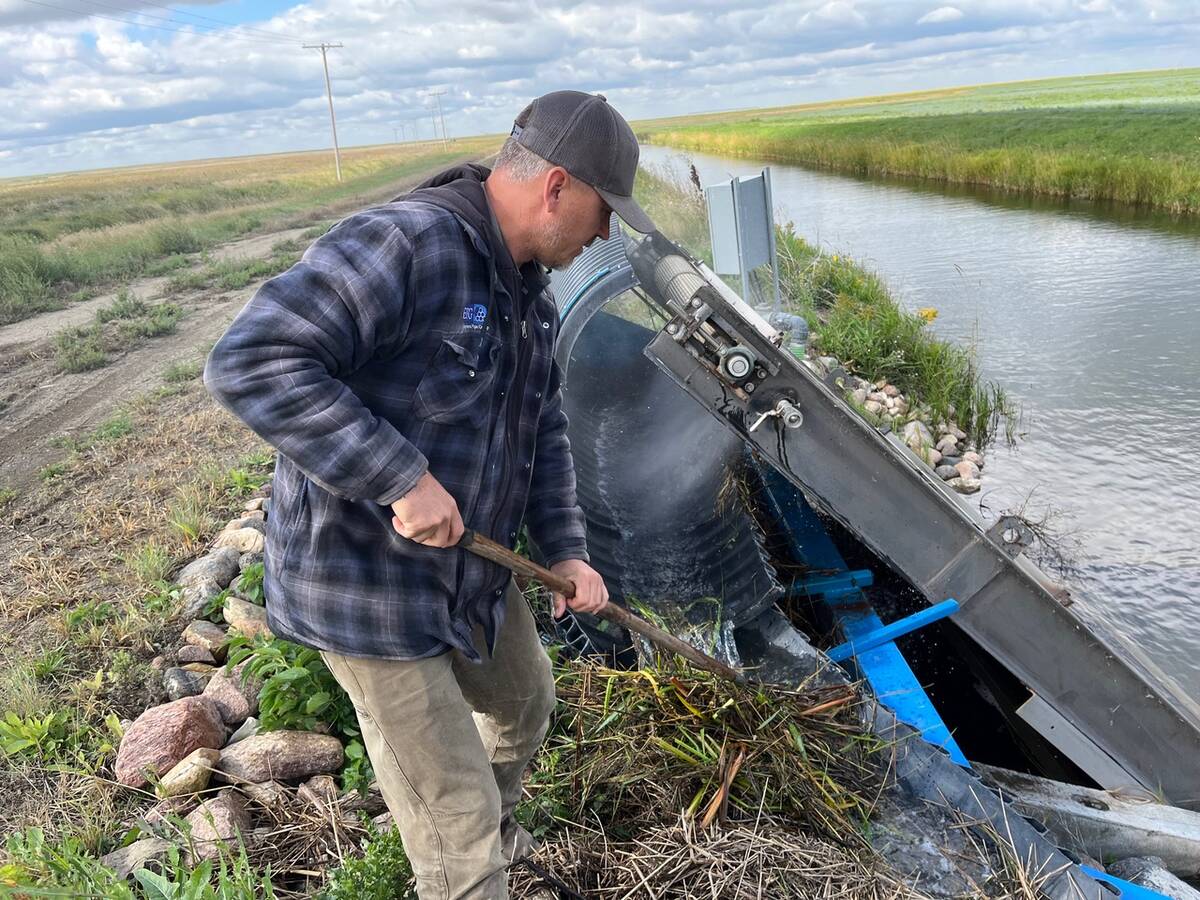Elk producers who have survived the four-year-old collapse of prices say they are beginning to see light at the end of the economic tunnel.
The elk industry showed promise before the expanded investigation and detection of chronic wasting disease in North America.
Antler sales in Asia were strong, domestic and international venison markets were being developed and the growth phase of the breeding industry was returning strong profits.
The discovery of CWD in farmed Saskatchewan elk and its effect on markets removed many new producers from the business, but others managed to remain.
Read Also

Saskatchewan farmer uses tile drainage to manage water
The integration of both irrigation and tile drainage results in higher yields, water efficiency, improved soils and less nutrient runoff, says one producer.
The finding of BSE in a Canadian cow has further damaged exports as more markets closed to Canadian livestock.
Despite these setbacks, farmgate sales of elk meat and the sale of live animals to hunt farms have been good enough to keep producers in the elk industry.
Luke Perkins, president of the Saskatchewan Elk Breeders Association, said new buyers and breeders are showing up.
At the same time producers are pinning their hopes on the return of the Asian velvet antler market and the possibility of building a federally inspected slaughter facility in Saskatchewan. Currently, elk cannot be transported outside of the province.
Serge Buy of the Canadian Cervid Council told 200 members of SEBA at their March annual meeting he thinks there may soon be antler imports by South Korea.
The South Korean market is one of the world’s largest and Buy’s organization has been lobbying the Canadian government to pressure that country to accept Canadian antler products once more.
The cervid council expects the Canadian Food Inspection Association will begin certifying Canadian antler products this year and this will improve the foreign perceptions of Canada’s inspection and disease status.
Buy said the council had considered approaching the World Trade Organization about South Korea’s position on banning the importation of Canadian velvet antler , but the Canadian government said the courts would not hasten a solution to the trade impasse.
“Legal challenges are very expensive and time consuming. We’ve chosen to lobby our government and the Koreans directly,” said Buy.
From touring Korean government officials around Ontario game farms, to promoting Canadian elk and deer with Korean Canadian newspapers, the council said it is getting out its message that “Canadian cervid products are regulated, inspected and the highest quality in the world.”
Buy expects that Korean meetings with Canadian agriculture and trade officials in April should “yield some results by June.
“If we don’t hear from the Koreans by June, then we’ll ask the federal government to make a formal request for a response then,” he said.
Korea has being working to build its own deer industry and keeping out foreign competition has helped its growth.
Buy said Korea’s move to create a venison market will take some of the pressure off the antler industry and build demand and price for the product.
















